The Wicklow Way is Ireland’s oldest and one of its most iconic long-distance walking trails. Stretching about 130 kilometers, the route runs from Dublin’s southern suburbs through the scenic heart of County Wicklow, ending in the village of Clonegal in County Carlow. The Wicklow Way Trek,
This trail is known for its mix of rolling hills, mountain paths, ancient woodlands, and panoramic views across valleys and lakes. Along the way, trekkers pass through peaceful forests, open moorland, and charming Irish villages, often with few other walkers in sight.
It’s ideal for hikers who want to experience Ireland’s natural beauty at a steady pace, without requiring technical mountain skills. The Wicklow Way also gives a glimpse into Ireland’s past, as the path winds by monastic ruins, stone walls, and centuries-old farmlands.
Whether you plan to walk a section or complete the full trek, the Wicklow Way offers a serene, immersive experience in Ireland’s great outdoors.
Best Time to Visit
The Wicklow Way is walkable year-round, but certain months offer the best combination of trail conditions, weather, and scenery.
- May to September: Best time for long daylight hours, warmer temperatures, and blooming wildflowers.
- April and October: Fewer crowds, changing colors, and mild weather (though rain is common).
- Winter (Nov–Feb): Trail remains open, but short days, muddy paths, and colder temperatures make it less ideal for multi-day trekking.
Note: Rain is always a possibility in Ireland, no matter the season. Always pack rain gear.
How to Reach
Starting Point – Marlay Park, Dublin
Most hikers begin the trail at Marlay Park, located in the southern outskirts of Dublin city.
By Air:
- Fly into Dublin Airport (DUB) – Ireland’s main international airport.
- From the airport, take a bus, taxi, or tram to reach Marlay Park.
By Public Transport:
- From Dublin city center, you can take a bus (usually routes 16 or 116) directly to Marlay Park.
- If starting from Clonegal (trail end), you can travel by train to Carlow and then take a bus or taxi to Clonegal.
By Car:
- You can drive to either Marlay Park or Clonegal and park nearby. Note that long-term parking may not always be available, so confirm in advance.
Entry Fees and Permits
- No entry fee is required to walk the Wicklow Way.
- No permits are needed for hiking the trail.
- If staying in national parks or private accommodations, standard lodging fees apply.
- Some car parks at trailheads may have small fees (typically €4–€6 per day, subject to change). The Wicklow Way Trek.
Food Availability and Meal Options
Food availability depends on the section you’re walking and whether you’re staying in villages or camping.
Along the Trail:
- Small towns and villages such as Glendalough, Laragh, and Tinahely offer pubs, cafes, and grocery shops.
- In remote sections, food options may be limited—carry snacks and meals for the day.
Meal Planning Tips:
- Buy groceries in advance if walking multi-day stretches without villages.
- Irish pubs often serve hearty meals, which are a welcome treat after a long day’s walk.
- Breakfasts are usually available in B&Bs and lodges.
Packing List and Essentials
The Wicklow Way crosses a range of terrain and weather conditions. A well-planned packing list ensures you’re prepared.
Essentials:
- Waterproof hiking boots with good grip
- Backpack (30–40L) with rain cover
- Weatherproof jacket and layers (fleece, thermal base layer)
- Quick-dry clothing (avoid cotton)
- Rain pants
- Hiking socks (wool or synthetic)
- Reusable water bottle or hydration system
- Trail snacks and packed lunch
- First aid kit
- Trail map or offline GPS
- Phone and power bank
- Headlamp or flashlight
- Hat, gloves, and sun protection
Optional but helpful:
- Trekking poles
- Gaiters for muddy conditions
- Sleeping bag liner (for hostel or hut stays)
Safety Tips and Local Regulations
Walking the Wicklow Way is generally safe, but weather and terrain can pose challenges.
- Always check the weather before setting out, especially in the uplands.
- Carry a detailed map and compass or a GPS app.
- Mobile coverage is good near towns but can be patchy in remote areas.
- Tell someone your route if walking solo.
- Leave no trace – respect the environment, carry out all litter.
- Wild camping is discouraged in some areas. Stick to designated campsites or B&Bs. The Wicklow Way Trek.
- Keep gates closed if crossing farmland and avoid disturbing livestock.
Tips for Beginners or First-Time Visitors
- Break the walk into manageable sections of 15–20 km per day.
- Start from Marlay Park and finish at Glendalough for a shorter, scenic two- or three-day option.
- Use luggage transfer services if you don’t want to carry a full pack.
- Choose accommodation in advance, especially in summer.
- Be prepared for wet and windy weather, even in July and August.
- Download an offline trail map in case of poor signal.
Local Customs and Cultural Etiquette
- Greeting locals with a “hello” or “how are you?” is common and welcome.
- If staying in a B&B or guesthouse, it’s polite to arrive within agreed times.
- Tipping is not mandatory but is appreciated in restaurants (around 10%).
- Respect private farmland and signs along the trail.
- Pubs are social hubs—feel free to chat, but avoid loud or disruptive behavior.
FAQ – Wicklow Way Trek
Q1: How long is the Wicklow Way trek?
A: The full trail is approximately 130 km (80 miles) from Dublin to Clonegal. Most walkers take 5 to 8 days to complete it.
Q2: What is the difficulty level?
A: The trek is rated moderate. While it doesn’t involve technical climbing, it includes steep ascents and descents with mixed terrain.
Q3: What’s the average altitude?
A: Elevations range from 100 to 650 meters, with highest points in the Wicklow Mountains. Altitude is not a concern for most hikers.
Q4: Can I walk just a part of the trail?
A: Yes. Popular sections like Marlay Park to Glendalough can be done over 2–3 days.
Q5: Are there restrooms on the trail?
A: Public toilets are limited. Facilities can be found in villages, cafes, and visitor centers (like at Glendalough).
Q6: Is camping allowed on the Wicklow Way?
A: Wild camping is allowed in some upland areas, but not near homes or on private farmland. Use designated campgrounds when possible.
Q7: Are dogs allowed on the trail?
A: Dogs are allowed on leash, but some landowners may restrict access during lambing season or require you to avoid certain fields.
Q8: Do I need a guide?
A: No, the trail is well-marked, and most hikers complete it independently. However, first-timers may benefit from guided group options.
Q9: What is the weather like?
A: Irish weather is unpredictable. Expect a mix of sun, clouds, wind, and rain in a single day, even during summer.
Q10: Can I do it solo?
A: Yes, many people walk solo. It’s a safe and sociable route, especially in summer months when more hikers are around.
Final Thoughts
The Wicklow Way is more than just a trail—it’s a peaceful journey through Ireland’s natural and cultural landscapes. With its accessible path, moderate difficulty, and deeply rewarding views, it suits both first-time hikers and seasoned walkers alike. The Wicklow Way Trek,
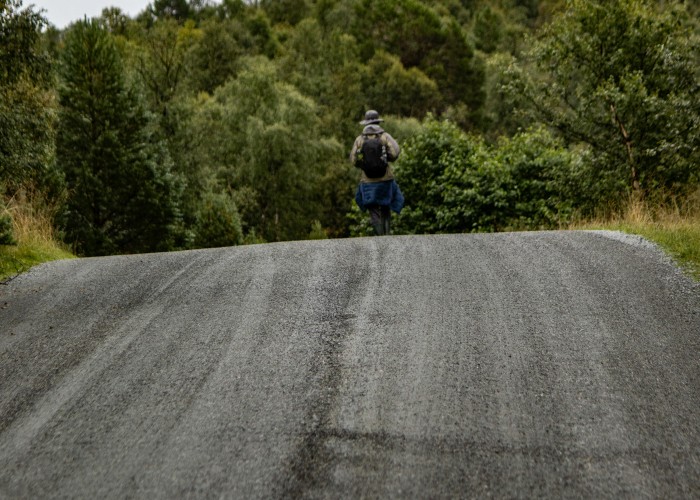
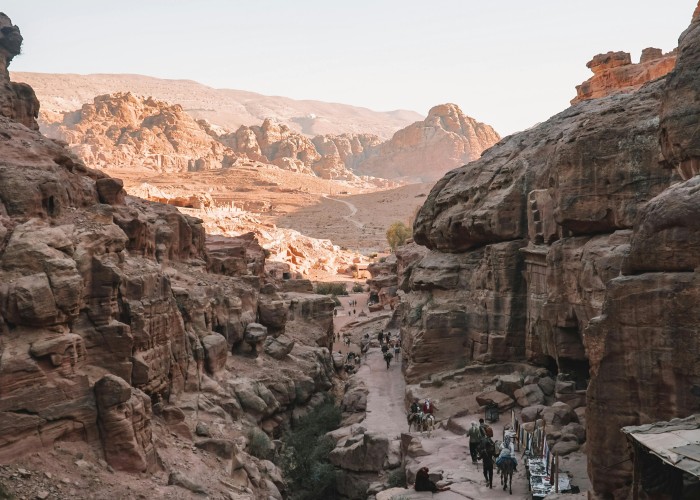
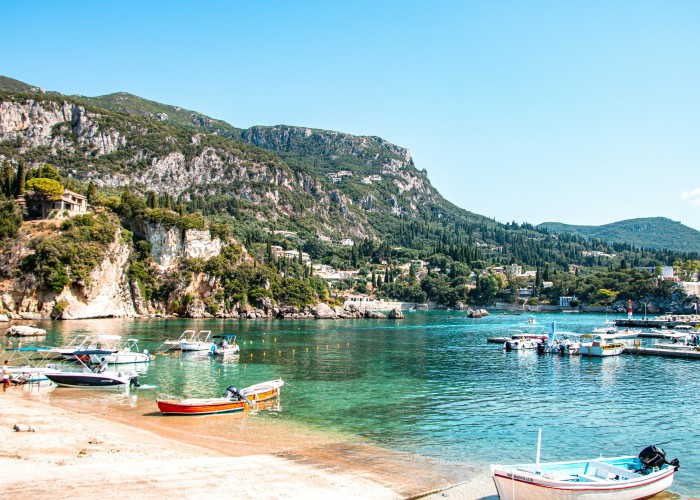
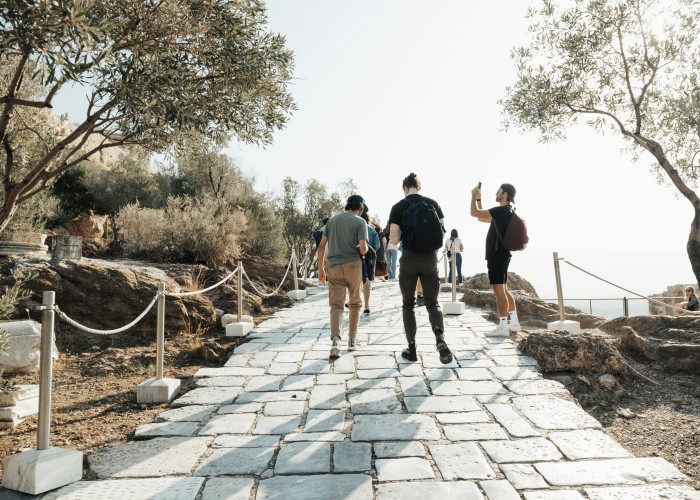
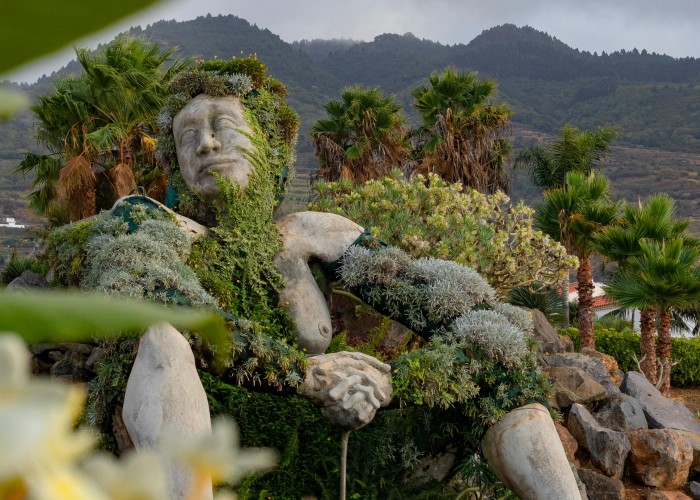
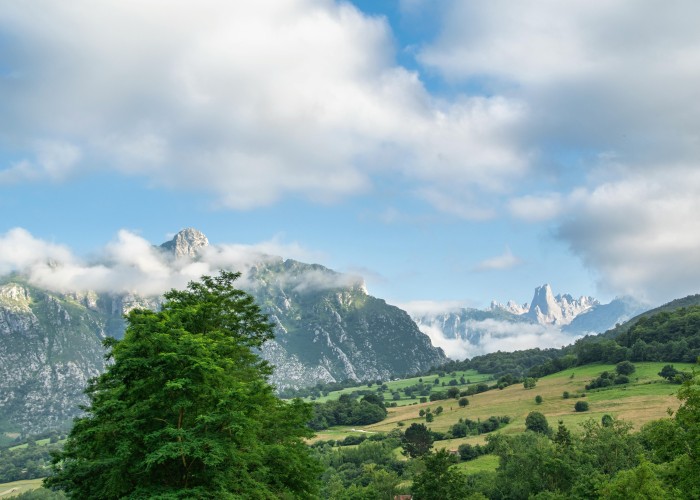
Leave a Reply